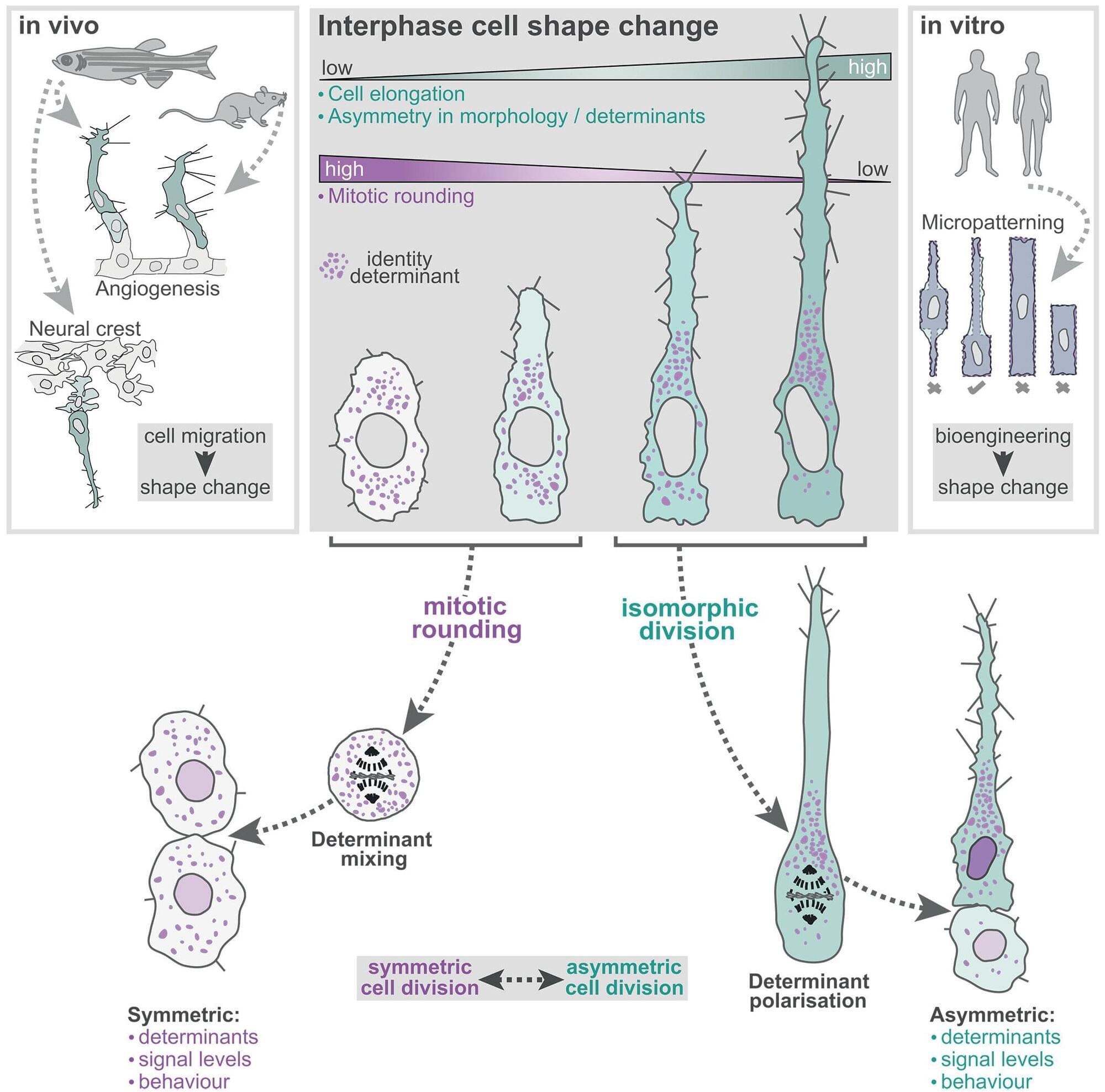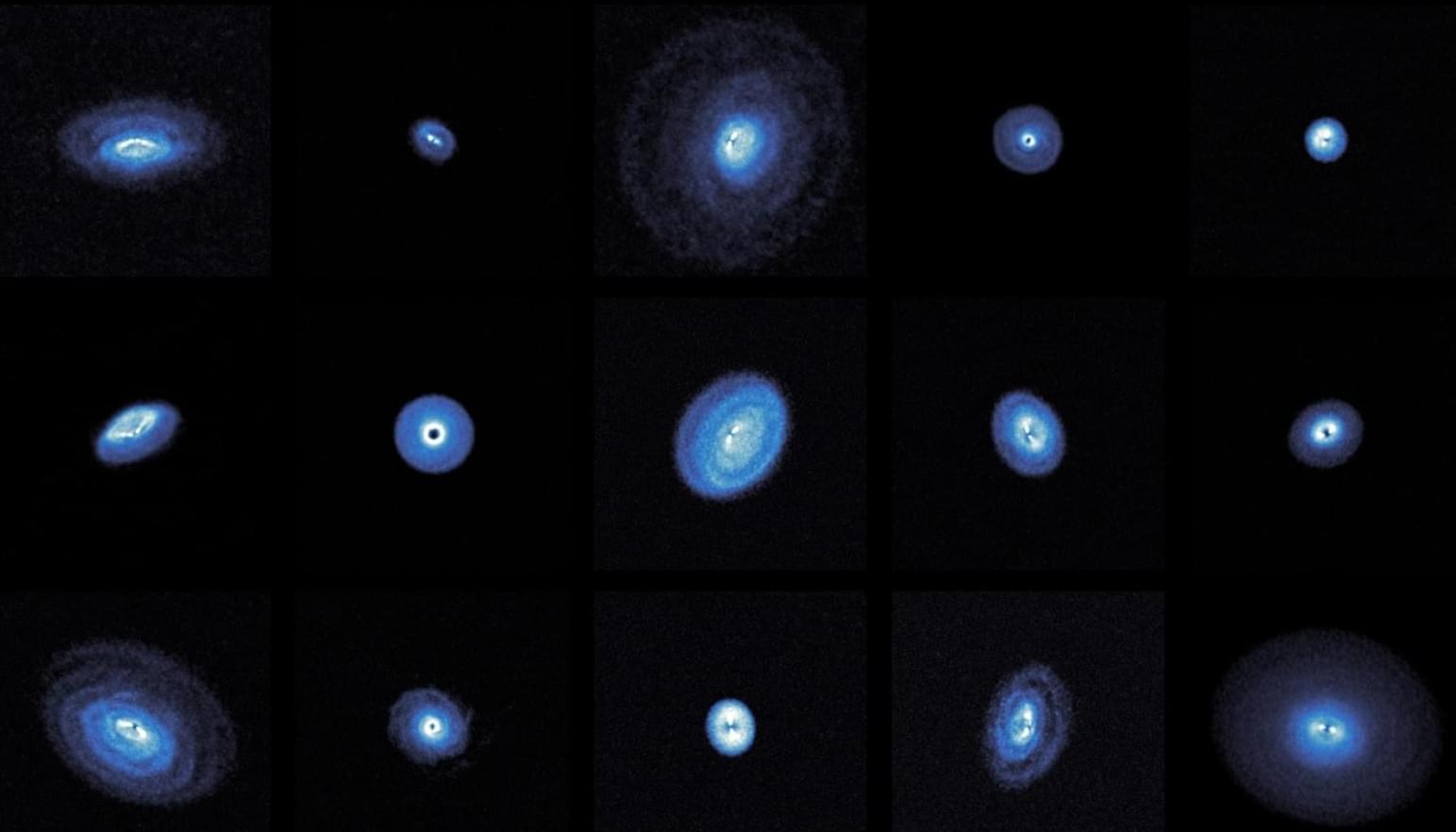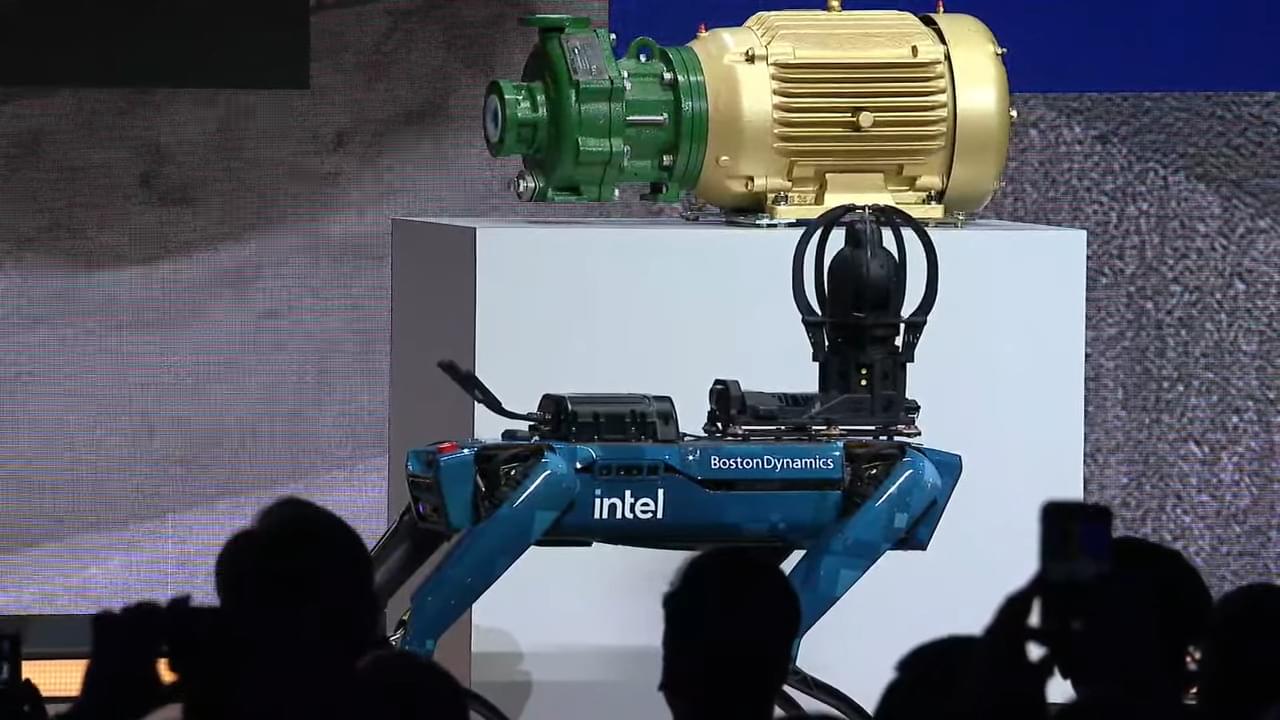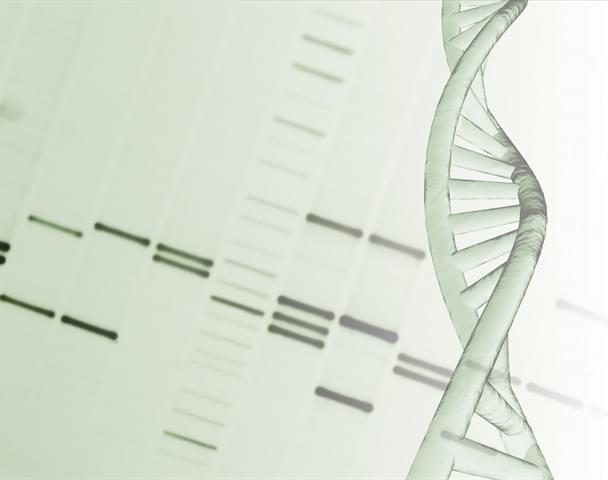
The immune system is comprised of two separate active arms of immunity to provide robust protection against disease. The two separate systems of immunity include the innate and adaptive immune responses. The innate immune system is the first on the scene when a pathogen enters the body. Different cells of this response include eosinophils, basophils, neutrophils, natural killer cells, macrophages, dendritic cells, and others. Once a pathogen is detected the innate immune system generates a generalized response to target a wide variety of diseases. The innate immune cells then relay detection of a foreign pathogen to the second level of immunity, the adaptive immune response. The second wave that fights off disease is more specific and includes T and B cells. The adaptive immune response is widely accepted as the stronger barrier of immunity because of its specificity and ability to mount a larger response. However, each work in concert with the other to elicit an optimal immune response and keep the body healthy.
Many different cells are involved in active immunity that help protect against infection. As a result, immunologists work to understand each cell’s impact on the immune system and how they function in the context of various pathologies. To activate the immune system during an infection or disease onset, immunotherapy is employed, which targets one or several immune cell types to redirect them to the infection. In particular, natural killer cells, are emerging as an optimal cell target for immunotherapy in ovarian cancer.
Natural killer cells are a type of white blood cell responsible for eliminating virus-infected cells and tumor cells. They secrete various molecules and proteins that signal a strong immune response. Additionally, they have been reported to develop immune memory, in which they can recognize previously encountered pathogen. These natural killer cells that develop immune memory are referred to as adaptive natural killer (aNK) cells. Scientists are working to understand more about these cell types and how they can be targeted for cancer immunotherapy.









